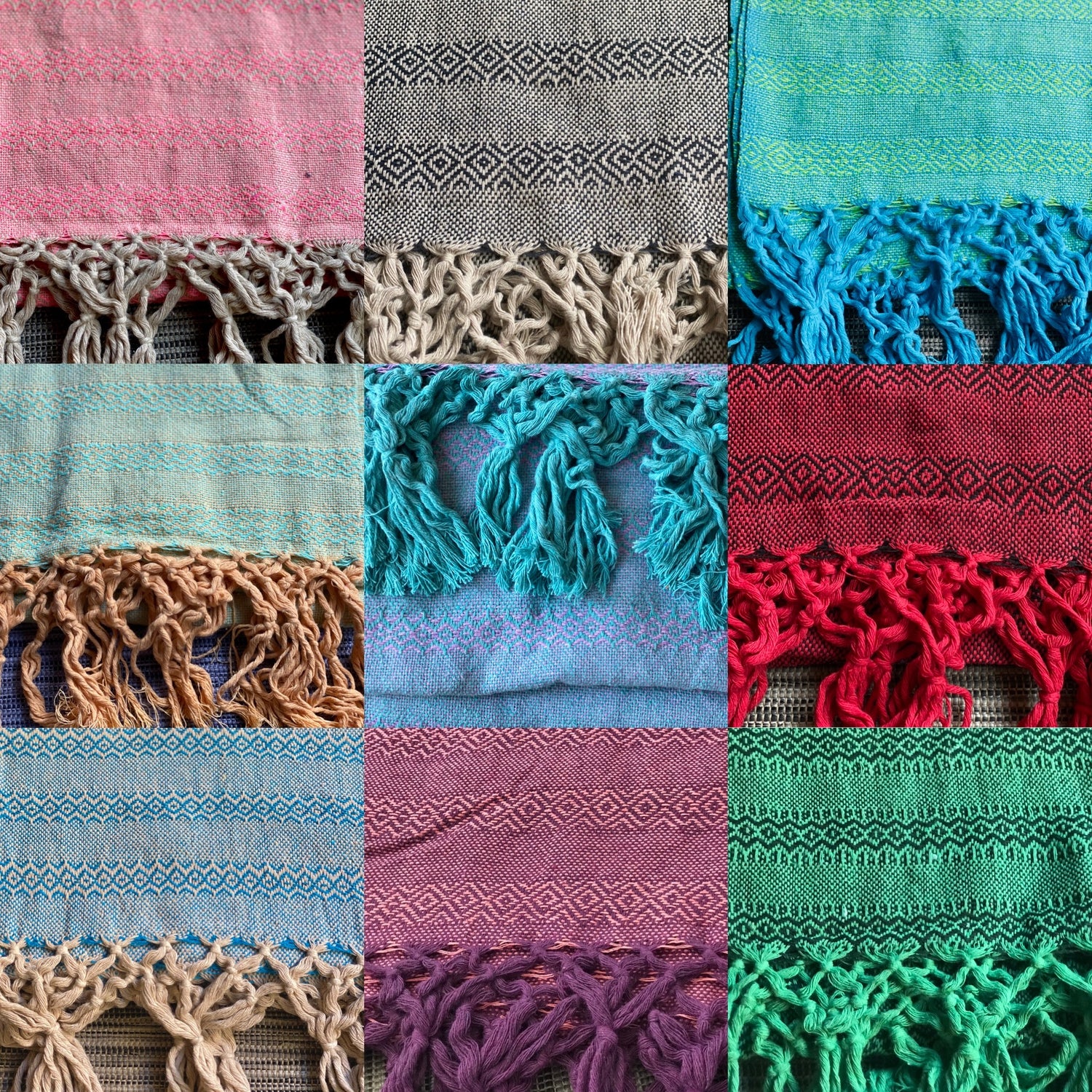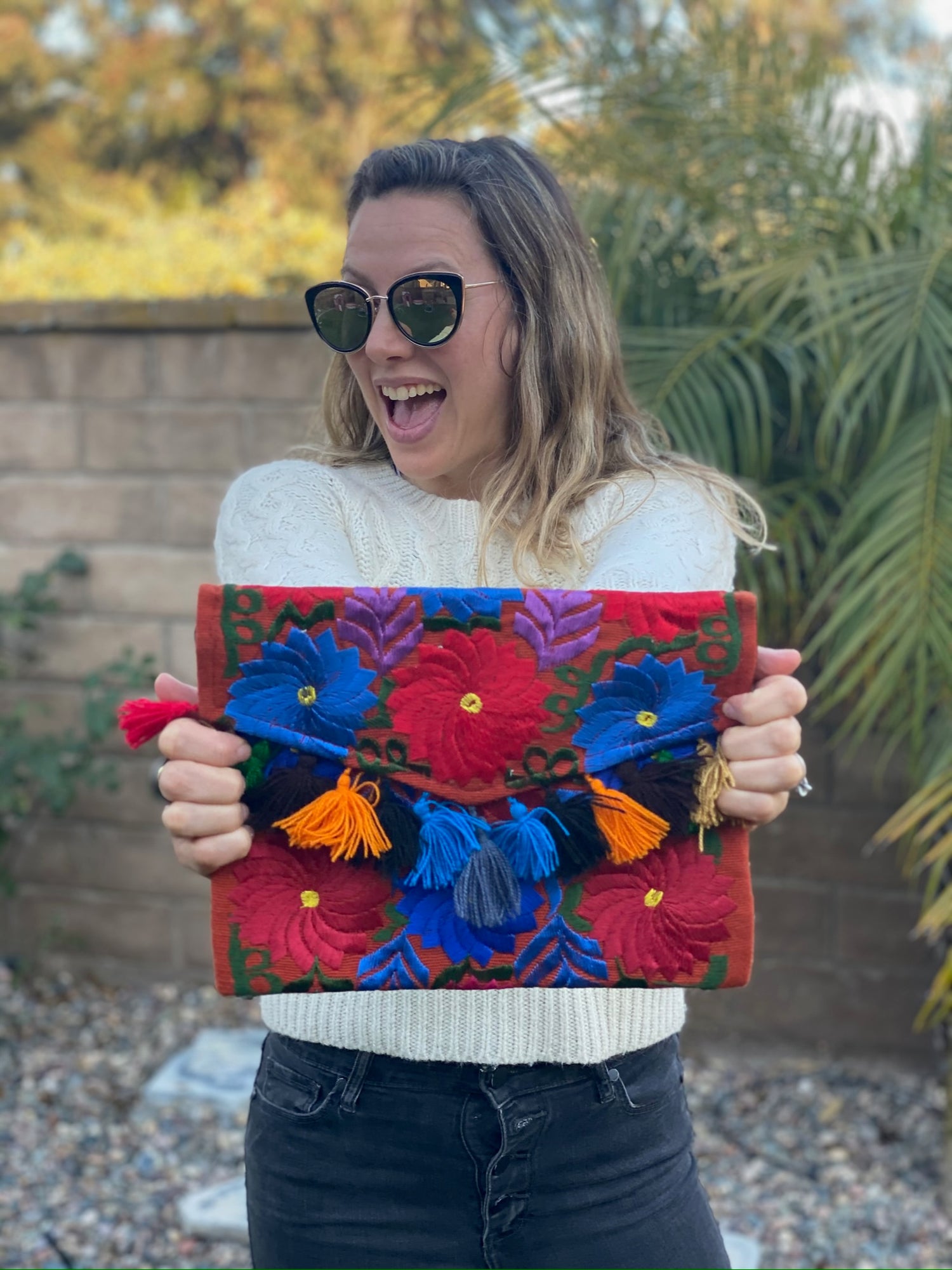The Mexican rebozo is gaining recognition far beyond its cultural origins. As designers globally draw inspiration from this versatile shawl, you'll find that the rebozo embodies a blend of tradition and modernity, making it a key player in contemporary fashion.
Its unique designs and practical uses resonate with a diverse audience, showcasing the beauty and heritage of Mexican culture.

You may notice rebozo-inspired pieces appearing in various fashion collections, influencing everything from high-end designs to everyday wear. This crossover is not just a trend but a celebration of cultural diversity and creativity across the globe.
As more people embrace the rebozo, it enriches wardrobes and sparks conversations about its history and significance.
Understanding how the rebozo fits into global fashion trends allows you to appreciate the merging of styles and cultures. You may find yourself inspired to incorporate pieces that honor this traditional garment while also expressing your own fashion sense.
Key Takeaways
- The rebozo is becoming a significant element in global fashion.
- Its cultural roots add depth and meaning to modern styles.
- You can mix traditional and contemporary looks by using rebozo-inspired designs.
The Historical and Cultural Significance of the Rebozo

The rebozo is more than just a traditional Mexican shawl. It carries a rich history and deep cultural meaning. From its origins to its role in the lives of iconic figures, it reflects the heritage of indigenous women and their craft skills.
The Origin and Evolution of the Rebozo
The rebozo dates back to the 17th century and has evolved significantly over time. Originally, it served practical purposes, such as carrying goods or providing warmth.
Over the years, it transformed into a vital part of Mexican heritage and a symbol of cultural identity.
The craft skills involved in making a rebozo are intricate. Techniques like jaspe (ikat) dyeing showcase the artistry behind each piece. As trends changed, the rebozo adapted to reflect contemporary styles while preserving its traditional roots. Today, it is celebrated not just in Mexico but also in global fashion.
Iconic Figures and the Rebozo
The rebozo has been worn by influential figures such as Frida Kahlo, who incorporated it into her distinct style. Her use of the shawl highlighted its importance beyond just aesthetics; it became a symbol of cultural pride.
Photographers like Graciela Iturbide have captured the essence of the rebozo in their work, portraying its significance in indigenous culture. These depictions amplify the rebozo’s role in daily life and traditional celebrations, such as Mexican Independence Day.
Indigenous Roots and Symbolism
The rebozo is deeply rooted in indigenous culture. It represents the strength and resilience of women throughout Mexican history.
Wearing a rebozo is an expression of identity and belonging.
Each rebozo tells a story through its colors, patterns, and weaving techniques. The huipil and the china poblana styles often inspire these designs. This rich cultural heritage connects the past with the present, making the rebozo a lasting symbol of Mexican pride.
Rebozo's Impact on Contemporary Fashion

The rebozo is a powerful symbol of Mexican culture and has profoundly influenced contemporary fashion. Its impact is seen in modern design, artistic collaborations, and a unique blend of tradition and innovation.
Rebozo in Modern Design and Runways
Modern designers are incorporating the rebozo into their collections, showcasing its versatility. Carla Fernández, a prominent name in this movement, creatively integrates traditional Mexican textiles into high fashion.
In recent years, runways have featured rebozos styled as scarves or vibrant wraps, often made from cotton, silk, or wool.
These pieces highlight elaborate embroidery and geometric patterns, promoting Mexican culture within high-end markets.
Notable presentations have taken place in Mexico City, with various fashion and textile museums hosting exhibits that celebrate this textile. This visibility aligns the rebozo with contemporary fashion while maintaining its cultural significance.
Collaborations and Exhibitions
Collaborations between designers and artists have spotlighted the rebozo's artistic value. Institutions like the Franz Mayer Museum and the Museum of Textiles have displayed works that blend traditional craftsmanship with modern aesthetics.
Exhibitions often feature the backstrap loom technique, which emphasizes indigenous craft skills.
Collaborations with British artists, such as Alison Willoughby and Carmen Rion, further highlight the global appeal of the rebozo, bridging cultural divides.
These exhibitions not only educate the public about the rebozo's history but also celebrate its role in contemporary artistry and fashion. This combination captures both the sentimental value and the functional beauty of these textiles.
The Fusion of Tradition and Innovation
The evolution of the rebozo reflects a fusion of traditional methods with innovative designs.
Many modern pieces utilize natural dyes to create vibrant colors while preserving the integrity of the textile.
This approach appeals to designers and consumers who value sustainability. The rebozo's influence is also clear in European fashion, where it is admired for its warmth and style.
Noteworthy designers like Ricardo Legorreta have embraced this textile, adapting it for weddings and special occasions. The rebozo has transformed into a modern fashion statement, symbolizing a love for nature and cultural heritage.
Frequently Asked Questions

The Mexican rebozo is rich in cultural significance and plays a vital role in various traditions and contemporary fashion. Here are some common questions about its importance, adaptations, and symbolism.
What is the significance of the rebozo in traditional Mexican culture?
The rebozo is more than just a piece of clothing; it represents identity and heritage. Traditionally, it is worn by women and symbolizes regional roots. It is often used during festivals and ceremonies, showcasing pride in Mexican culture.
In what ways has the rebozo been adapted in contemporary global fashion?
Contemporary designers blend the rebozo with modern styles. You may find it featured in runway shows and high-fashion collections. This adaptation highlights its versatility and ability to resonate with diverse audiences.
What are the historical origins of the Mexican rebozo?
The rebozo dates back to the colonial period in Mexico. It combines elements from indigenous, Spanish, and other influences. This rich history adds layers to its cultural significance and appeal.
How is the rebozo utilized during pregnancy and childbirth?
The rebozo has practical uses, especially during pregnancy. Women often use it for support, and it plays a role in traditional birthing practices. It symbolizes care and community during significant life events.
What symbolism is associated with the rebozo in Mexican society?
In Mexican society, the rebozo symbolizes femininity, strength, and resilience. It is a connection to family history and traditions. Women often pass down their rebozos, representing continuity within families.
How does the rebozo reflect the broader impact of Hispanic culture on fashion trends?
The rebozo showcases the influence of Hispanic culture on global fashion. Its unique patterns and styles inspire designers worldwide. As a result, it contributes to a growing appreciation for cultural diversity in fashion.




